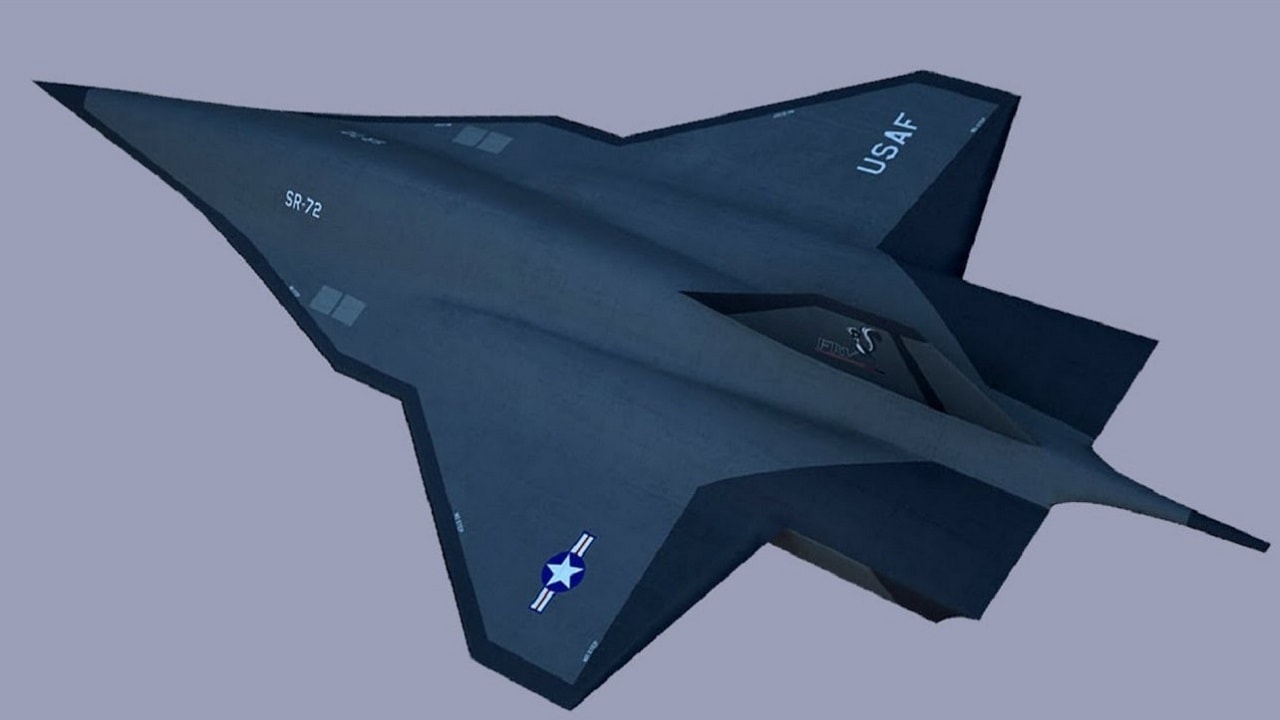Why Is the SR-72 Son of Blackbird Needed? The SR-72 Son of Blackbird is an impressive concept, but is it needed?
Intelligence, surveillance, and reconnaissance drones are too slow. Satellites usually take up to 24-hours to find the right position in orbit for overhead intel. Satellites can also be blasted out of the sky in a potential conflict with China. The Chinese have already tested an anti-satellite weapon in 2007 and have continued to further advance their counter-satellite program. But could they or the Russians stop an overflight from the SR-72? If the SR-72 delivers on its promises, it’s not likely. The evasion characteristics and intercontinental hypersonic speed that will be exhibited by the SR-72 is its overall selling point.
What If the United States Had the SR-72 Now?
Could the Biden administration react quicker to events in Ukraine and Russia if they had overflight intelligence data from an optionally-manned or unmanned spy plane?
The SR-72 will reportedly fly at Mach 6 or 4,603 miles per hour or twice the speed of the original SR-71. The SR-71 itself was never shot down or damaged having evaded over 4,000 anti-aircraft missiles during its life span. The SR-72 could likely reach Ukraine in record time.
It Could Be a Deep Strike Missile Launcher
The Son of Blackbird could also be equipped with precision strike munitions like cruise missiles or bombs – even hypersonic missiles. This would be a good way to attack military targets at the beginning of a conflict without the worry of losing a pilot or getting an airplane shot down.
There Have Been Glimpses of Its Shape and Size
The SR-72 will likely be of comparable size to the SR-71. A computer-generated image or mock-up of the SR-72 was unveiled in an Air Force video in November. The SR-72 will reportedly use a turbine-based combined cycle engine with a single-inlet nozzle and then a dual-mode ramjet for speeds above MACH 3.
It Could Make a Difference Over Russia and China
The Biden White House and the Department of Defense could utilize an SR-72 these days since the Russians have already entered the Donbas region of Ukraine with “peacekeepers.”
One information warfare tactic the Biden administration is using is the practice of informing the media about overhead intelligence that the United States is acquiring over Ukraine and Russia. The idea is that the Russians will not have the surprise factor if the whole world knows how they are positioning soldiers and military hardware.
This is likely frustrating Putin as numerous civilian armchair analysts, bloggers, social media users, and think-tankers can pontificate about Russian military designs – all info that is available from open sources. What if flights from an SR-72 could update this knowledge every two hours or less? This would be one way to eliminate the strategic initiative from Putin.
The same goes for China in the Taiwan Strait. Overflights from an SR-72 could spot an amphibious invasion attempt by China against Taiwan or show whether the Chinese would attempt a maritime blockade of Taiwan. Or if mobile missile launchers pointed at Taiwan were showing activity.
SR-72 – Yes It’s Needed
For these reasons, the SR-72 would come in handy. It will probably not fly until the mid-2020s and perhaps it could enter full service by 2030. But it is interesting to examine how it could be deployed if its specifications and characteristics are proven. The Son of Blackbird has many advantages and is worth the wait.
Now serving as 1945’s Defense and National Security Editor, Brent M. Eastwood, Ph.D., is the author of Humans, Machines, and Data: Future Trends in Warfare. He is an Emerging Threats expert and former U.S. Army Infantry officer. You can follow him on Twitter @BMEastwood.

